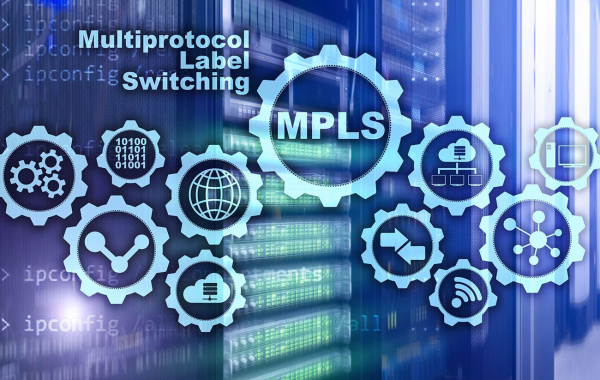Identity Management (IdM) is a crucial security solution that involves the identification, authentication, and authorization of users or devices accessing system or network resources. It ensures that authorized individuals have controlled access to resources at specific times, providing a balance between resource availability and security.
What Does the Identity Management Process on the Network Include?
- Identification: The process of recognizing an individual or device through a unique identifier, such as a username, email, or device ID.
- Authentication: Verifying the identity of an individual or device, typically through credentials like passwords, biometrics, or multi-factor authentication (MFA).
- Authorization: Determining the permissions and access rights for an authenticated user or device. Authorization ensures that only those with appropriate privileges can access certain resources.
- Provisioning and De-Provisioning: Managing the creation and deletion of user accounts and access rights as employees join, change roles, or leave the organization.
- Single Sign-On (SSO): An authentication process that allows users to access multiple applications with a single set of credentials, streamlining the user experience.
- Unified Identity Management: Extending identity management across multiple domains or organizations, enabling users to maintain a single identity across different platforms.
Cisco ISE Solution as a Response to the Need for Easy Identity Management on the Network
Key Features:
- Comprehensive Identity Management: Cisco ISE offers a unified approach to identity management across wired, wireless, and VPN environments. Centralized monitoring and control ensure consistent enforcement of security policies throughout the network.
- Context-Based Security: By integrating with various sources, Cisco ISE gathers contextual information about users and devices, such as location, device type, and access patterns. This data allows precise enforcement of context-based security policies.
- Seamless User Experience: Cisco ISE ensures a smooth and secure user experience by providing Single Sign-On (SSO) functionality and integration with existing identity providers. Users can access necessary resources without repeatedly entering credentials, boosting productivity.
- Scalability and Flexibility: Cisco ISE is designed to grow with your organization, supporting various deployment models, including on-premises, cloud, and hybrid environments. It easily integrates with third-party solutions and adapts to the evolving needs of your business.
- Enhanced Security Compliance: Cisco ISE helps ensure compliance with industry standards and regulations by enforcing strict access controls and generating detailed audit logs. This ensures that your network remains secure and compliant with policies like GDPR, HIPAA, and others.
Benefits of Effective Identity Management
- Enhanced Security: Protect against identity theft, security breaches, and unauthorized access.
- Optimized Processes: Automate identity management processes to reduce manual work and errors.
- Regulatory Compliance: Ensure your organization meets industry standards and regulations.
- Improved User Satisfaction: Provide a seamless experience with SSO and easy access to needed resources.
Ensure controlled and secure access to system and network resources during system upgrades or optimizations. After the necessary actions are completed, access is restricted, eliminating the risk of profile misuse.







